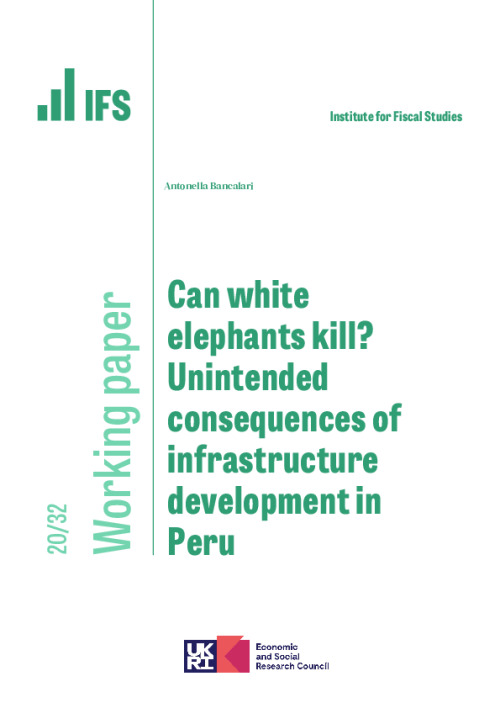It is widely accepted that investing in public infrastructure promotes economic development. However, there is little awareness of the prevalence of unfinished infrastructure projects and their consequences. In this paper, I study the effect of unfinished sewerage infrastructure on early-life mortality in Peru. I compile several sources of administrative panel data for 1,400 districts spanning 2005–2015, and I rely on the budgetary plans and timing of expenditure for 6,000 projects to measure unfinished projects and those completed in a given district. I document that mid-construction abandonment and delays are highly prevalent. I exploit geographical features and partisan alignment to instrument for project implementation. Surprisingly, I find that unfinished sewerage projects increased early-life mortality, driven by lack of water availability, water-borne diseases and accidents. I also show that while unfinished projects pose hazards to the population, completed sewerage projects decrease early-life mortality, in line with public health studies in advanced economies during the previous centuries.









